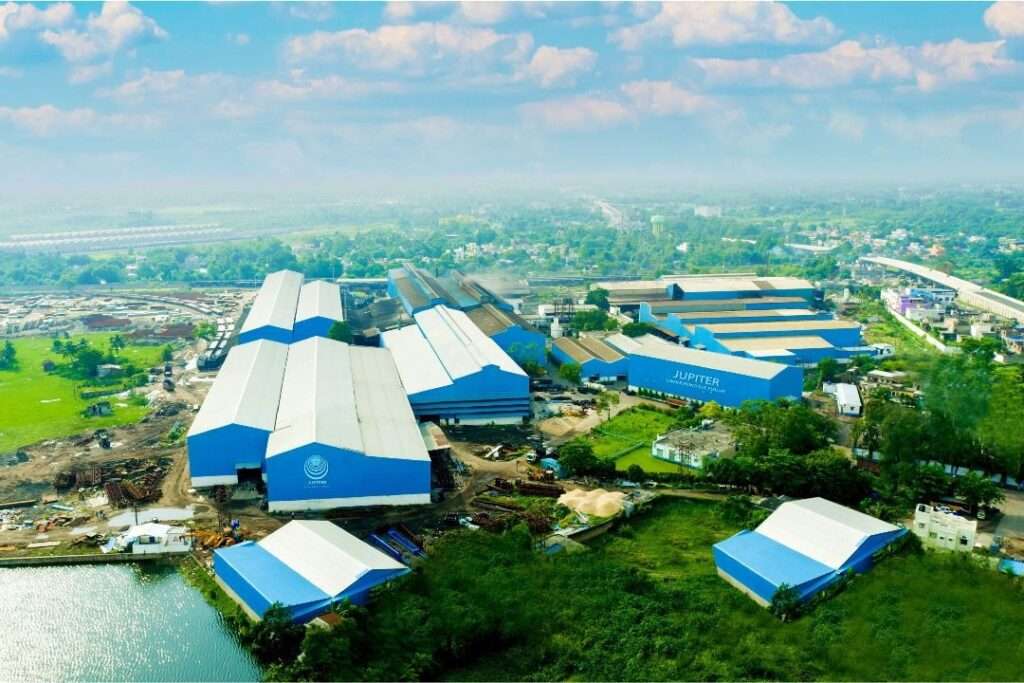- The modern concept of GDP, invented by American economist Simon Kuznets in 1934 was a product of war
- GDP does not discriminate between living conditions and fail to recognize the environmental cost of production
- Alternative metric needs to be developed and promoted to complement GDP
- Alternative metrics like GNH, GEP which considers factors like equitable socio-economic development and good governance
GDP is a buzzword, talked about by experts and laymen alike to indicate the countries progress or distress. For example, the slump in India’s GDP after the pandemic was widely debated and loosely defended by the media thus injecting the indicator into the public consciousness. However, GDP is a measure of everything, except what makes life worth living.
History of GDP
Gross Domestic Product, measures production in an economy. The idea behind this measurement is that the more a country produces, the wealthier its economy becomes. Although this is not wrong, however, the GDP does not indicate the whole story. For the sake of clarity, let’s take an example the tachometer which measures the speed of a car. Higher revs on the dial normally mean that the car is moving faster but the meter does not indicate any other information like if the car is in gear or even has wheels under it. Similarly, GDP takes account of the cars produced in a country but does not consider the emissions that they generate; it measures the value of building new cities but does not consider the amount of forest or natural resources sacrificed in the process.

The invention of GDP was a product of war. While the invention of GDP is credited to Simon Kuznets who by the use of it attempted to estimate the national income of the US in 1932 to analyze the full extent of the Great Depression, the modern definition of GDP was formulated by John Maynard Keyenes during the Second World War. According to Keyenes, the estimate of national income should be calculated by the consideration of the sum of private consumption, investment, and government spending, contrary to Kuznets who did not include government spending in his calculation. Keyenes’ way of calculating GDP by including government spending into the country’s income, fueled by wartime necessities, soon found wide acceptance even after the war was over. This very same method continues to this day.
Why does GDP fall short?
GDP by measure is the total value of all the goods and services produced in an economy over a certain period. This is the problem because of the “total value” calculation that does not take into account the living conditions of individuals. Another problem is environmental degradation which the GDP fails to measure. The production of more goods in an economy continues to add to the GDP figures irrespective of the environmental damage suffered. To give an example, India is considered to be growing, even though Delhi suffocates in surging pollution and water scarcity as more than 50% of the population lives without access to safe drinking water. In India, 200,00 people die every year for lack of access to safe water.
 GDP is also a failure in calculating the distribution of income in society. It does not differentiate between an unequal and an egalitarian society, considering they have similar economic sizes. A billionaire buying their fifth yacht is the same as five hundred families buying their first home as far as GDP is concerned. The concept of ‘waste’ is also a big problem for GDP measures.
GDP is also a failure in calculating the distribution of income in society. It does not differentiate between an unequal and an egalitarian society, considering they have similar economic sizes. A billionaire buying their fifth yacht is the same as five hundred families buying their first home as far as GDP is concerned. The concept of ‘waste’ is also a big problem for GDP measures.
Consider two nations, both have ten million residents and are similar in almost every other way. One of the nations has a GDP of 100 billion dollars per year whereas the second nation has a GDP of 200 billion per year. Now as per GDP standards, nation two will be considered as a comparatively wealthier nation. However, nation one turns almost all of its productive capabilities towards building sustainable products like reliable cars, brick homes, industrial goods, etc. whereas nation two focuses more on the production of consumables, gadgets, single-use items, designer homes which may fall out of style within a decade, etc. In this scenario, nation one has more collective and sustainable wealth than nation two.
To provide another example, we can look at the dichotomy between Japan and Qatar. Qatar has one of the highest GDP per capita’s in the world at $69,000 as of 2019, Japan’s was $41,000 per year. However, despite less than two-thirds of the GDP the average net worth of a Japanese citizen is more than double the average net worth of a Qatari.

Solution – Alternative metric to complement GDP
Alternative metrics like Gross National Happiness, which considers factors like equitable socio-economic development and good governance; UNDP’s Human Development Index, which considers health and knowledge apart from economic prosperity; Ease of living, which India incorporated into its development strategy, to measure the quality of life, economic ability and sustainability; and Gross Ecosystem Product, the total value of final ecosystem goods and services supplied to human well-being in a region annually, and can be measured in terms of biophysical value and monetary value, should be promoted and adopted. These metrics along with GDP measures will provide more accurate insights into the state of development of an economy. After all, we are what we measure.








